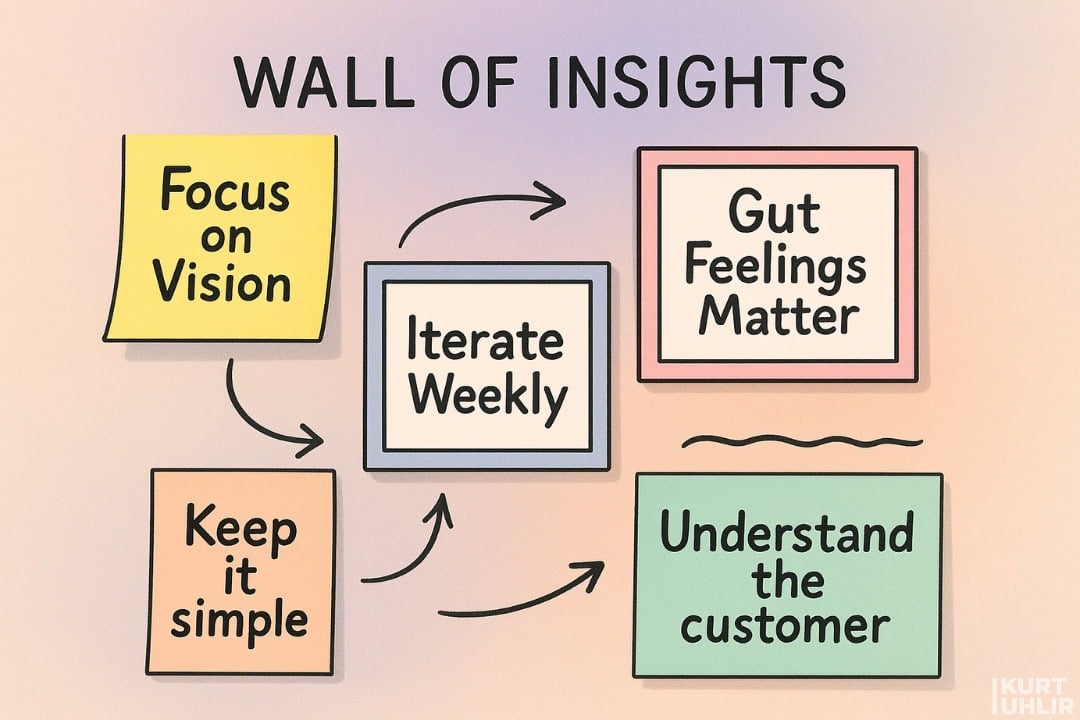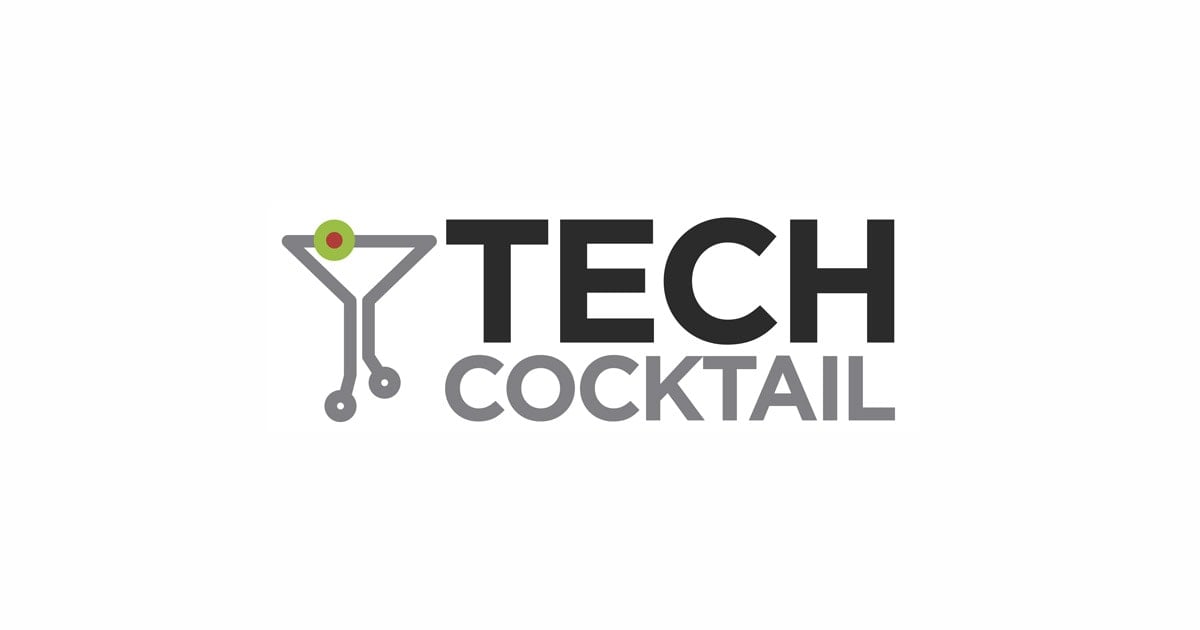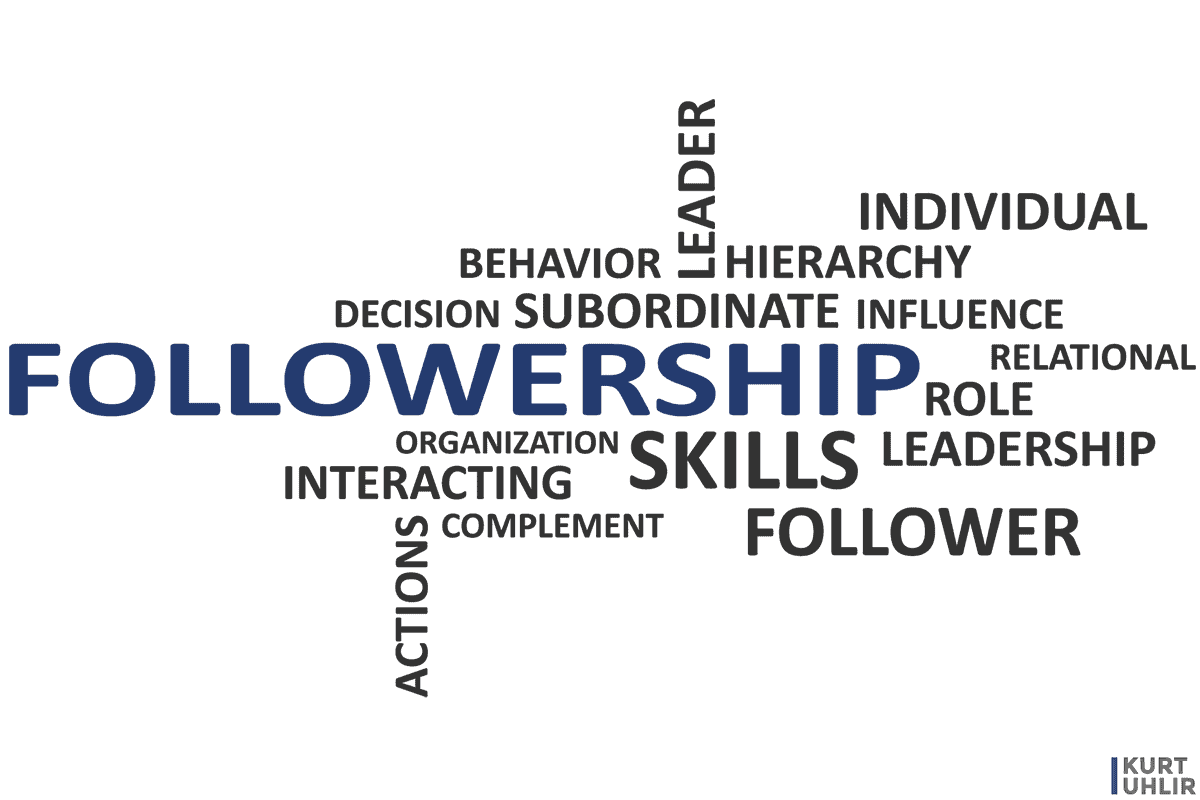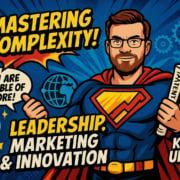Kurt Uhlir & Nicole Jansen: Leadership, Team Culture, and Hypergrowth Insights
How Servant Leadership—and Radical Truth—Unleashes 10x Growth
There’s a brutal irony in business: the higher you climb, the easier it becomes to believe your own story—and the harder it is for anyone around you to challenge it.
Yet the only way to scale a company 10x (or even 100x) is to dismantle your own assumptions, over and over, and invite your team to do the same. Growth isn’t fueled by ego.
It’s powered by the willingness to be wrong—loudly, unapologetically, and in public.
I’ve built businesses that went from early revenue to $500M+ run rates. I’ve helped take a company through an $880M IPO, assembled teams on six continents, and sat at tables where a single “bad boss” could crush innovation for years. What I’ve seen, again and again, is that systems, truth-telling, and servant leadership unlock momentum. That’s what I explored in a recent interview with Nicole Jansen on the “Leaders of Transformation” podcast—one of the most transparent conversations I’ve had about what it truly takes to 10x a business without sacrificing your people or yourself.
Nicole is the founder of the wildly popular “Leaders of Transformation” podcast and community—a trusted advisor to entrepreneurs and executives who want to elevate their impact and align their values with their results. Few hosts are as skilled at getting to the root of what matters.
More than 9,000 people have already watched our interview on YouTube, with many more tuning in via Spotify and Apple Podcasts.
If this conversation sparks something for you—questions, pushback, or agreement—I’d love to hear your thoughts in the comments below. I read every one.
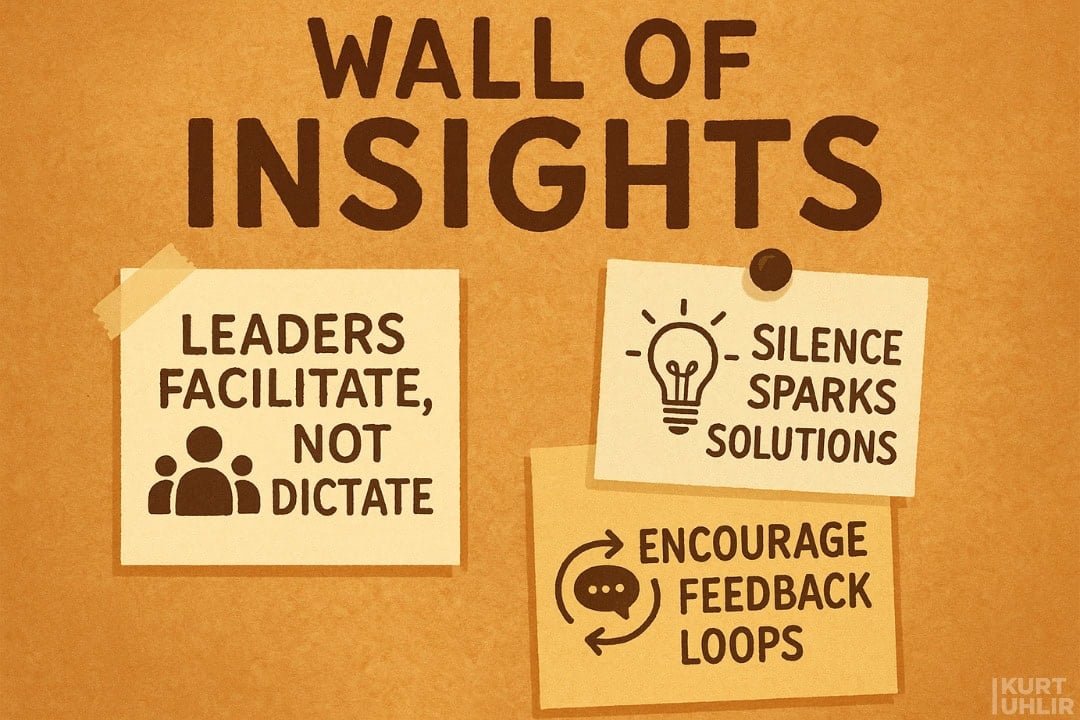
The Binary Choice: Authority or Service
Most people overcomplicate leadership. At its core, I see two main styles:
- The Authoritative (or, as I call it, “authorcratic”) Leader: “Do as I say, and if you don’t like it, there’s the door.”
- The Servant Leader: “My job is to define the outcomes we want, then actively serve those who choose to join me—so together, we achieve bigger results.”
I didn’t start as a servant leader. In fact, I defaulted to authority.
I was good at building systems, driving results, and moving fast. As a kid, I launched two LLCs by age 14.
Early in my career, I landed at Navteq (later HERE Technologies), which powered the maps behind MapQuest, Garmin, and every major logistics platform. We grew from $85 million to $1.4 billion in a decade.
Scaling was in my blood. What wasn’t immediately clear was how often my confidence blinded me to what I didn’t know—and how much value I was leaving on the table by treating people as “resources” instead of partners.
Nicole called this out directly, reflecting on how school and work environments condition most people to conform, avoid healthy conflict, and defer to authority—even when it stifles value creation. She asked, “Do you ever find yourself needing to un-teach these habits and give your team the permission to be themselves?” The answer is always yes.
Even people who’ve worked with me for years still bump up against old patterns—a kind of professional PTSD from previous schools, bosses, or organizations where truth wasn’t welcomed.
What I’ve learned: If you’re serious about 10x growth, you can’t afford to operate as an “authorcrat.” People—the right people—won’t give you their best if they’re scared to speak up or forced to fit in. True leaders define outcomes, then devote themselves to unblocking, empowering, and serving teams so others can achieve more than they knew was possible. That’s not compassion for compassion’s sake—it’s a force multiplier.

Hiring for Bias Toward Action (and Other Non-Negotiables)
Most hiring processes are broken. Companies claim to hire for “culture,” but when you peel back the layers, that usually means hiring someone they’d have a beer with or invite to a barbecue. That’s a recipe for stagnation and groupthink, not growth.
Here’s my approach:
- Bias Toward Action. When someone sees a block or customer need, do they jump in to fix it? Or do they wait around for directives?
- Healthy Conflict. The best teams I’ve led thrive on disagreement—so long as it’s focused on the work, not personal attack.
- Strong Opinions, Loosely Held. High performers come to the table with conviction, but they’re willing to be convinced otherwise when new data or insights surface.
I embed these traits explicitly in every job description.
I talk about them all the time—in apps, during onboarding, publicly at team meetings. When new hires start, I invest disproportionate time explaining not only the role, but how their work fits into the outcomes we’re chasing as a company. Too many firms drop in a hire and rush them into “doing”—I slow down, frame the “why,” and set context. Yes, it takes time, but the return is exponential.
If I could give one tactical takeaway to CEOs and operators: stop hiring for personality fit, start hiring for traction-generating behaviors. When you do, not only does retention rise, but your best people act as magnets—bringing in others who operate at that same velocity.
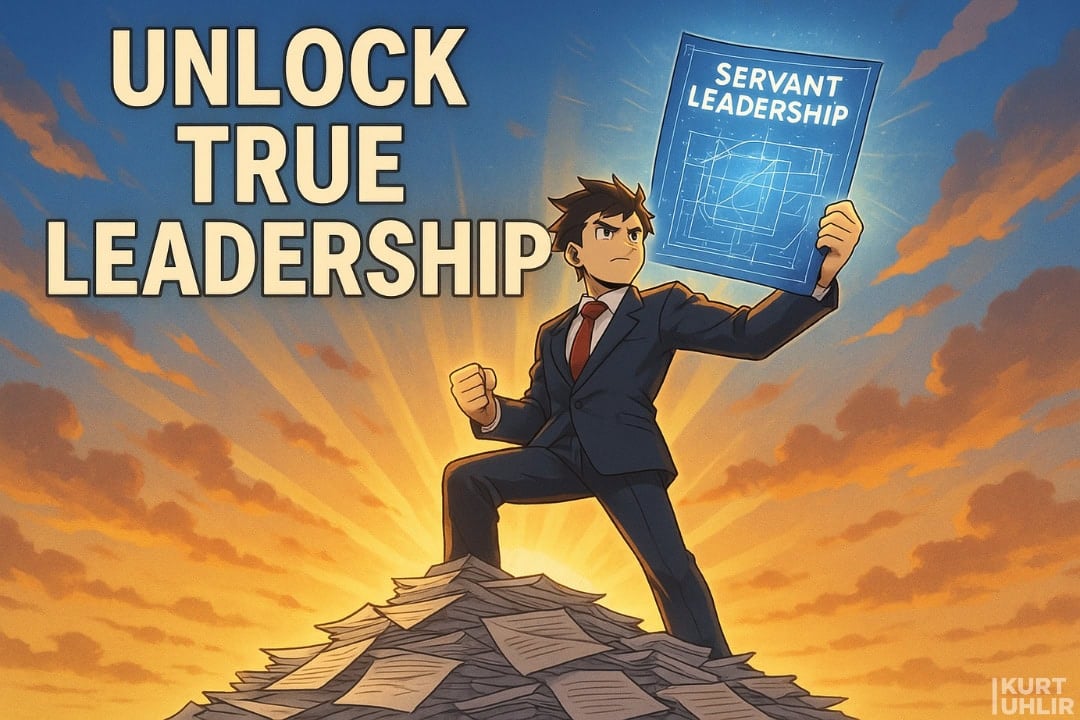
Building Systems That Find What You’re Wrong About
There’s one universal rule in leadership: You are wrong about at least three things in your business right now, and you don’t know which ones they are.
Nicole brought this up in a way few hosts do: “So many leaders think they need to have the right answers. But what if the secret is being the first to admit what we’re getting wrong?”
Exactly. When I make a gut call or even a “great decision”, it feels no different in the moment than a bad one. The only thing that differentiates them is time—and sometimes, if your system is broken, it takes months or even years to realize the move was a misstep. But if you build mechanisms to surface truth faster—soliciting feedback, embedding healthy conflict, reviewing mistakes openly—you actually compress that discovery window. Suddenly, you’re correcting course six months early, not twelve months late. Over time, those marginal course corrections compound. Two or three months into this style of leadership, you’re functionally two years ahead of where a traditional team would be.
Here’s how I operationalize this:
- Weekly All-Staff Accountability. I routinely remind the team that our cultural traits apply to me just as much as to them. If you don’t see bias toward action or healthy conflict from me, call me on it—directly.
- Modeling Mistakes. When I discover I was wrong, I name it, openly. Not just for my own sake, but so people see it’s normal to own and correct publicly.
- Proactive Queries. I end most 1:1s and team meetings with, “What am I not seeing or paying attention to that we should be?” I actively reward the people who speak up.
If your process doesn’t make it cheap, fast, and personally safe to point out blind spots to you, you’re not leading—you’re managing from behind.
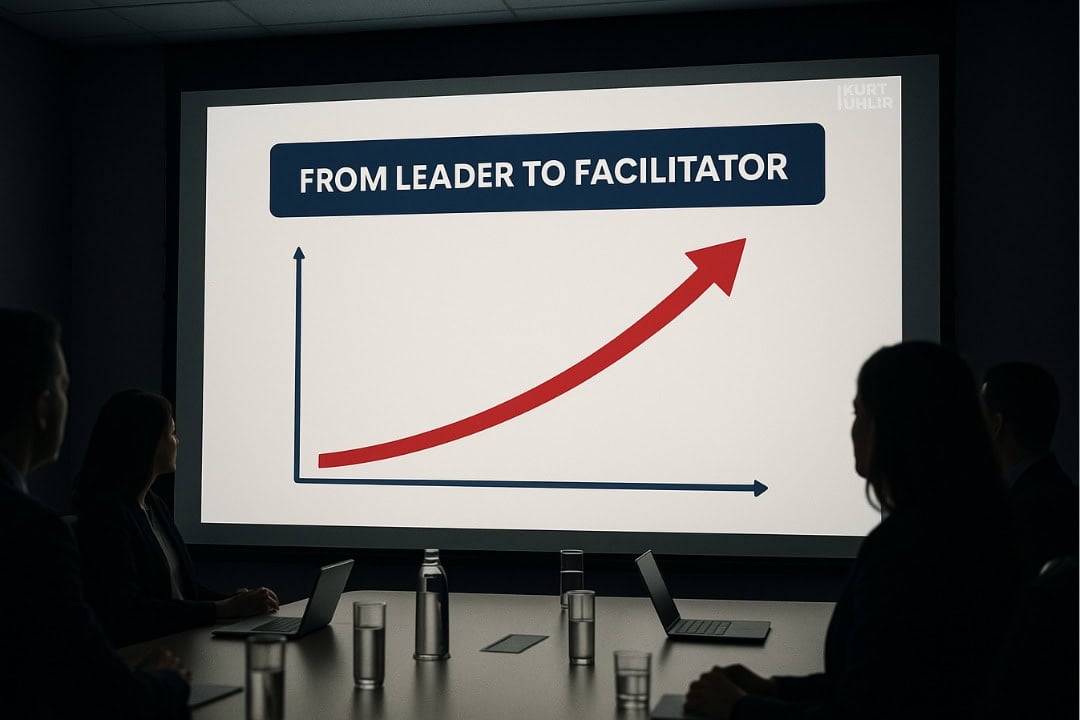
From Authoritative to Facilitative: The Shift That Accelerates Everything
People get nervous when they hear “servant leadership.” They think it means being soft, or avoiding decisive calls. That couldn’t be further from the truth.
Nicole pressed the vital question: “You still have moments when you need to just say, ‘This is the way we’re going.’ How do you balance collaboration with decisive leadership?”
Here’s what I do differently:
- As leader, my job is to set outcomes, focus the team on what matters, and facilitate decision-making—not to micromanage or dominate.
- I actively facilitate meetings—pausing zealots who dominate, inviting reserved voices forward, seeking to understand before voicing my own view.
- I’m crystal clear about which conversations are for consensus, and which decisions I ultimately own.
The transition from “authoritative” to “facilitative” doesn’t happen overnight. If you’ve led in an authoritative style (even a nice version), your team is trained to duck conflict and defer to you, even unconsciously. On a practical level, I build gaps into meetings that force others to speak before I offer my perspective. I tell new hires explicitly: “This can be based on a gut feel. You don’t need hard data every time. We need your instincts here, too.”
It feels awkward—painfully slow at first. But as people begin to trust that it’s not a trap, the flywheel spins. Instead of waiting six weeks to discover a customer problem, you know about it now, when you can fix it. Instead of the leader being a bottleneck, the team starts to outperform what you could have ever directed. That’s the foundation for 10x growth.
Defusing Internal Authoritarians (And Teaching Teams to Call You Out)
Every team will eventually have someone whose way of operating is “my way, period.”
Sometimes, it’s an old-school manager; other times, it’s just passion flipping into inflexibility.
Nicole has seen it countless times—especially among those who were never allowed to challenge upward or believe that open criticism won’t end careers.
I don’t shy away from strong personalities or contrarians—I welcome them, provided their opinions are “held loosely.”

When someone digs in during a meeting, I do a few things:
- Pause the conversation. Repeat back what I’m hearing—and ask for their rationale.
- Probe: “What do you really mean by that?” rather than assuming I know.
- Encourage: “Have you considered this angle?” to open the aperture.
If the disagreement needs more time or privacy, I’ll take it offline. But what matters is that people know a strong stand is respected—until it calcifies into dogma. That’s when I step from servant back into leader, ensuring the mission isn’t derailed by pride.
And when it comes to accountability for me? I make it explicit, and habitual.
Most people won’t challenge their boss publicly, no matter how much “open culture” you tout.
So I engineer safer spaces: 1:1s that require critique, and public shout-outs when someone nails me for getting it wrong. When a colleague calls me out, I might even send a genuine thank you in the mail, or ask if I can share the episode with the wider team. Visibility begets courage. When I recount these moments at all-hands—especially when I’ve bottlenecked a decision for weeks or avoided healthy conflict myself—suddenly, everyone else’s pressure drops. Permission to confront flows from the top.
The Systems Difference: Operationalizing Outcomes for Scale
“Let’s talk about 10x’ing your business,” Nicole said. “Moving beyond just the people to the operations—what changes?” I’ve been at two true hypergrowth companies: one went from a spark to $1B+ publicly traded; another from small team to global dominance in its space. The mechanics of exponential growth are different than those of 10% year-over-year.
The old paradigm worshipped KPIs. These days, I focus on OKRs—Outcomes and Key Results. It’s a subtle but pivotal shift. People don’t need only to know their tasks, they need to know how their output ladders up to moving the needle for the company.
Years ago, tying every role and function to enterprise-wide outcomes was a Herculean project, typically requiring heavyweight consultants and complex documentation.
Today, tools like 15Five, Lattice, and other SaaS platforms let even a 30-person field service business cascade objectives from CEO to frontline, then map day-to-day decisions against what actually matters. A team member in customer service or sales shouldn’t just “know the mission”—they should see, weekly, how their input drives the result. If I’m running marketing and disappear for six months, my documentation needs to let anyone step in and run the playbook.
The other operational secret? Systematize everything you do. This isn’t about abdicating responsibility or automating yourself out of a job. It’s about freeing bandwidth—so you can step back and focus on what only you, as leader, can do:
- Building new external relationships that create revenue.
- Testing “mad scientist” campaign ideas that others never have time for.
- Exploring partnerships and opportunities requiring your experience. When you let go of control, documenting every major process, you enable your team to deliver results independently—which might be the single greatest unlock for sustainable hypergrowth.

The Discipline of Quiet (and the Gift of Seeing What Others Don’t)
The further you rise, the more you need time for thinking—real thinking, not just busywork. Nicole and I went deep on this, because it’s the most countercultural skill for executives today.
We’re addicted to noise: meetings, podcasts, notifications, back-to-back calls. Even our “quiet time” is often filled with sermons, guided meditations, or background music. That’s numbing, not focus.
When I started getting up between 3:00 and 3:40AM—without an alarm—it wasn’t out of masochism.
I needed real silence. The kind of silence where there’s nothing to distract me from the gut feelings and lingering problems that don’t show up in the data. I spend those first minutes in real quiet, then work out, then walk with my son before starting on company projects.
That walk, that window-staring, it’s not a luxury—it’s where the best insight comes from. Our industry may call it “executive time,” but to me, it’s simply the discipline needed to spot what others are missing.
It’s not just self-care, either. My weekly (sometimes twice-weekly) review of how I spend my time is a direct investment in servant leadership. I go back over my week—especially 1:1s—and ask: Did I truly serve? Where did I default to old habits or overlook people? No guilt, just ruthless honesty and renewed commitment.
Years ago, a mentor at Navteq—Judson Green, the former president of Disney Parks—taught me the value of direct, data-driven truth. He gave me privileged access, but only on two conditions: (1) I could never talk about it; and (2) don’t give opinions, just facts. He knew “bad news” never traveled up the chain at Disney—but the only way to fix what’s wrong is to hear it first. That discipline, practiced at every level, is the real difference-maker for companies that scale.
Real Change Is Created in the Mundane
Success—the kind that endures for decades—depends less on singular inspiration and more on the daily, gritty execution most leaders overlook.
It’s in the deliberate hiring, the painstaking documentation, the stubborn prioritization, and the relentless self-audit. It’s in the repeated invitation to your team to hold you accountable, and the courage to thank them when they do.
What I hope comes through in this conversation with Nicole is that 10x growth isn’t magic. It’s a set of choices.
- Choosing humble systems over ego-driven improvisation
- Choosing truth over comfort
- Choosing to slow down and serve—so the flywheel can spin beyond your own reach
Most of all, it’s about leaving room for someone (even yourself) to surprise you.
If you see something in this that resonates—or you have a story about where you’ve gone right (or wrong) trying to lead this way—I’d love to hear it below. That’s where the real learning happens.
And if nothing else, maybe today is the day you block 30 minutes, put away your headphones, and stare out the window. You might just notice what will actually move your team forward.
—Kurt
Questions to Consider
- Servant Leadership Reframed:
How do you distinguish between servant leadership and authoritarian leadership in practice? What shifts have you experienced or witnessed when moving from one to the other? - Hiring for Action, Not Just Fit:
I emphasized hiring people with a bias for action and strong, loosely held opinions. How does this differ from hiring simply for culture fit or likability, and what impact does it have on team performance? - Unlearning ‘Good Employee’ Conditioning:
What are some ways leaders can help employees unlearn old patterns from school or toxic work environments—especially those that discourage initiative or conflict? - Accountability and Openness:
Why is it important for leaders to openly admit when they’re wrong and invite feedback from their teams? Have you seen examples where this has built trust or changed outcomes in an organization? - Healthy Conflict:
I talked about fostering healthy conflict and encouraging strong opinions held loosely. What practices or rituals does your team use to create a safe space for disagreement and debate? - Making Yourself Obsolete:
We discussed the importance of building systems and SOPs so leaders can eventually step out of the daily grind. What’s standing in the way of this in most companies—and what practical steps can leaders take today? - Decisions: Data vs. Gut:
How do you balance intuition or gut feelings with data-driven decision making, especially when scaling rapidly? - Radical Transparency in Meetings:
In what ways can leaders invite their teams to challenge their thinking during meetings? What specific questions or prompts have you found effective? - Focus vs. Distraction:
With so many distractions and “shiny objects,” how do you maintain focus on the actions and metrics that truly drive exponential growth? - Silence, Reflection, and Routine:
I shared my practice of intentional silence and weekly self-review. What habits or routines help you maintain clarity, self-awareness, and growth as a leader?
These questions are designed to spark deep, actionable discussions—whether you’re working through leadership challenges yourself, or supporting someone else on their journey.
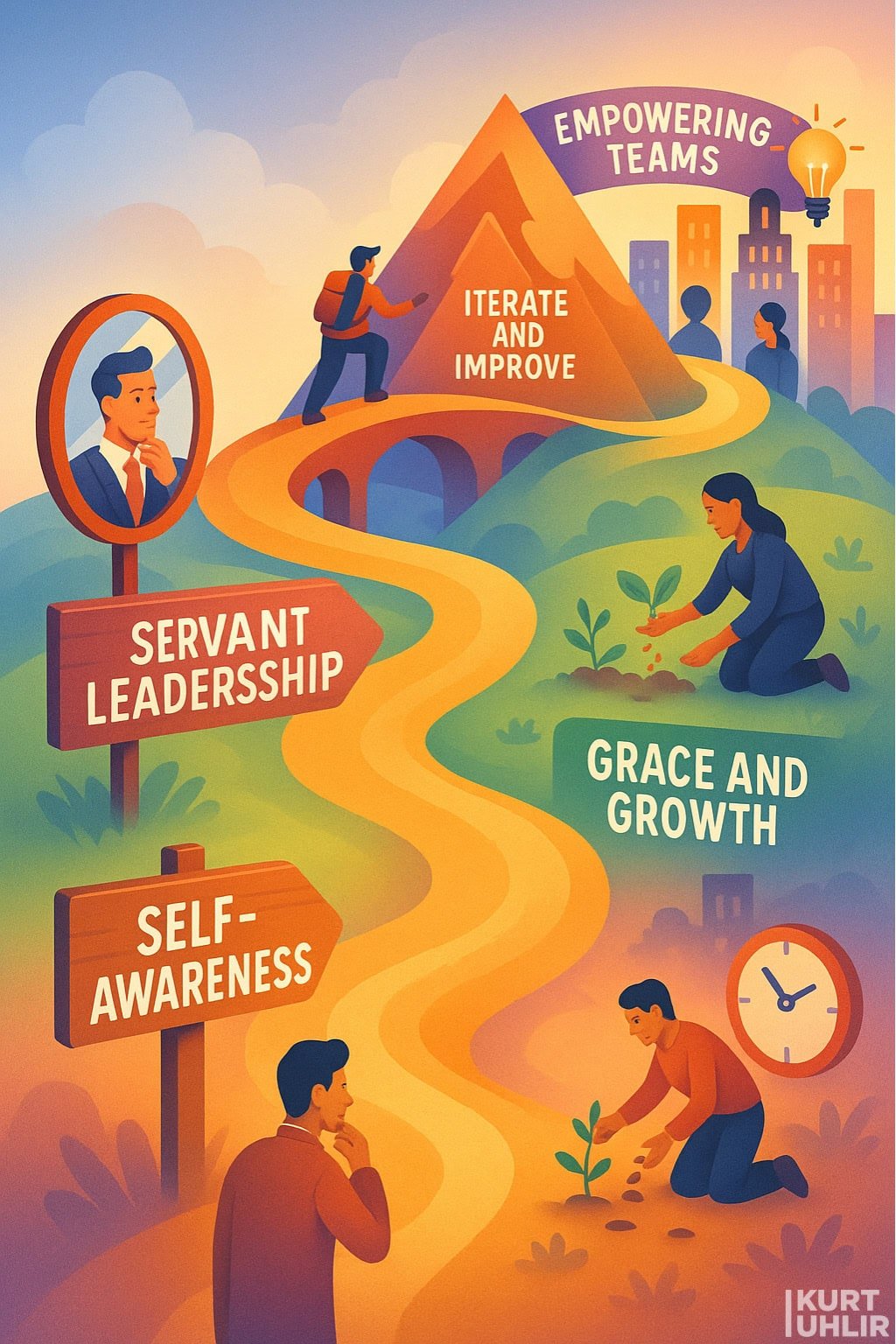
Memorable Nicole Jansen Quotes
- “So many leaders think they need to have the right answers and that they need to be the one that everybody comes to when things go wrong.” – Nicole Jansen
- “I feel like there’s just so many people that are just needing that permission to be themselves and to step out and have that courage.” – Nicole Jansen
- “The secret to success is hidden in our daily routine. Right?” – Nicole Jansen
“Leaders of transformation take action… If you don’t do something about it today, it’s going to get put off and put off and six months later you’re going to be like, man, I should have done that.” – Nicole Jansen

Memorable Kurt Uhlir Quotes
- “My job as a leader is to define the outcomes I would like at the company and then to spend the rest of my time figuring out how to serve those people that work for me and choose to work for me so that they can help help me in the company accomplish our goals.” – Kurt Uhlir
- “the words for those cultural traits on the website are not for new hires, they are, they’re for you to hold me accountable to as well. And so I’m reminding people to say, hey, if those actions, if you’re not seeing them in me, you have permission to set up a one on one and call me out on that.” – Kurt Uhlir
- “It’s your job as the leader to bring that out into those all hands meetings and show people. I don’t get this right all the time.” – Kurt Uhlir
- “And usually what happens is even though they’re the nicest person, especially those that come from a faith background, they actually end up realizing that they’re an authoritative leader not a facilitator. And when they realize that about themselves, it allows them to show up differently with your team and remind them of the outcomes you want. You need to point out the decisions to be made and you need to provide an environment for people to step up.” – Kurt Uhlir
- “I realized as much as I like healthy confrontation, I had a leader at my last company, worked with them for five years and I was about 90 days past when he did some things that was just irking me. And instead of bringing it to Alan, I was letting it just simmer inside and it was leaking out of my cup, spilling out in our interactions and team meetings and I, it hit me and I realized it and I went to him. So we had the conversation. Literally the next meeting was so much better because we defused it.” – Kurt Uhlir
- “I’ve been part of two hypergrowth companies where I just stepped out of three years at a company that did not exist 15 years ago and now they’re a multi billion dollar public company and the largest in their space in the world.” – Kurt Uhlir
- “That doesn’t happen unless you have silence and you have emotions that starts to lead you to something. Sometimes the data will take you there, but usually you’re going to have that feeling long before you start sniffing for the data. And so you have to have silence for that.” – Kurt Uhlir
